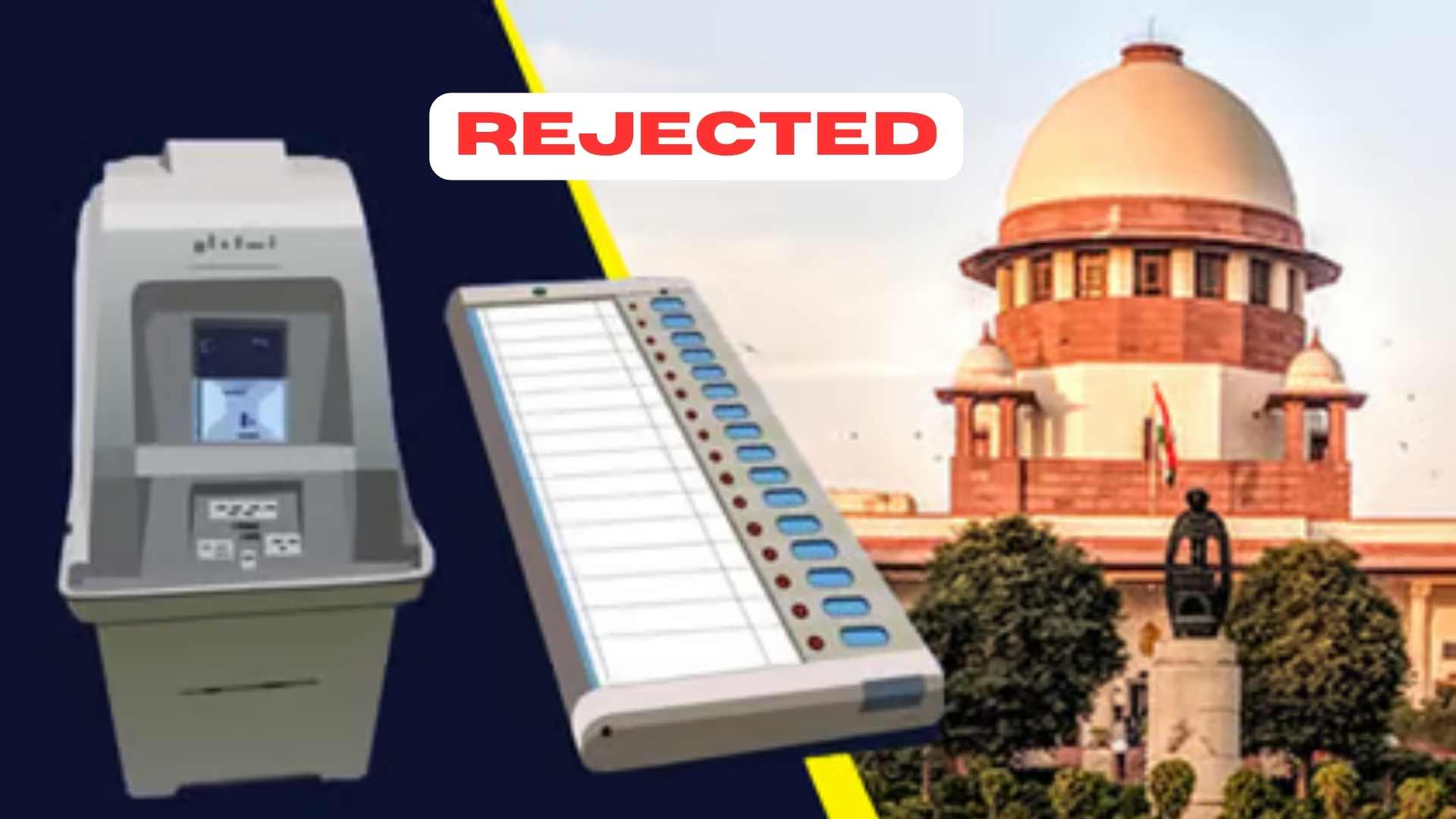New Delhi: In a landmark decision, the Supreme Court has dismissed all petitions demanding 100% verification of Voter Verified Paper Audit Trail (VVPAT) slips for Electronic Voting Machines (EVMs). The ruling, delivered by Justice Sanjiv Khanna’s bench, also includes two crucial directives.
The Verdict: EVMs Prevail
The Supreme Court’s verdict leaves no room for ambiguity: the electoral process will continue to rely solely on EVMs. The demand for a 100% match between EVM votes and VVPAT slips has been unequivocally rejected. For the next 45 days, VVPAT slips will remain securely stored, preserving the signatures of voters alongside their choices.
Two Key Directives
- Sealing the Symbol Loading Unit (SLU): After completing the symbol loading process, the SLU must be sealed and kept secure for a minimum of 45 days.
- Access to Microcontroller Programs: Following the announcement of results, candidates can request a technical team to obtain the microcontroller program from the EVMs. This option allows candidates to verify the program’s integrity. However, this facility is available only if the candidate makes the request within 7 days of result declaration.
VVPAT’s Journey
The first use of VVPAT machines occurred during the 2013 Nagaland Assembly elections. Subsequently, they were employed in the 2014 Lok Sabha elections and later in the 2017 Goa Assembly elections. However, it was the 2019 Lok Sabha elections that witnessed nationwide implementation, with over 17.3 lakh machines in use.
Why VVPAT?
It was introduced to enhance transparency in the voting process. Linked to EVMs, it generates a printed slip as a voter casts their vote. The slip displays the candidate’s name and election symbol, allowing voters to verify their choice. The slip remains visible for 7 seconds before dropping into a secure box.
While the debate over EVMs and VVPATs continues, the Supreme Court’s ruling reaffirms the existing system. The ballot paper won’t be making a comeback anytime soon.
